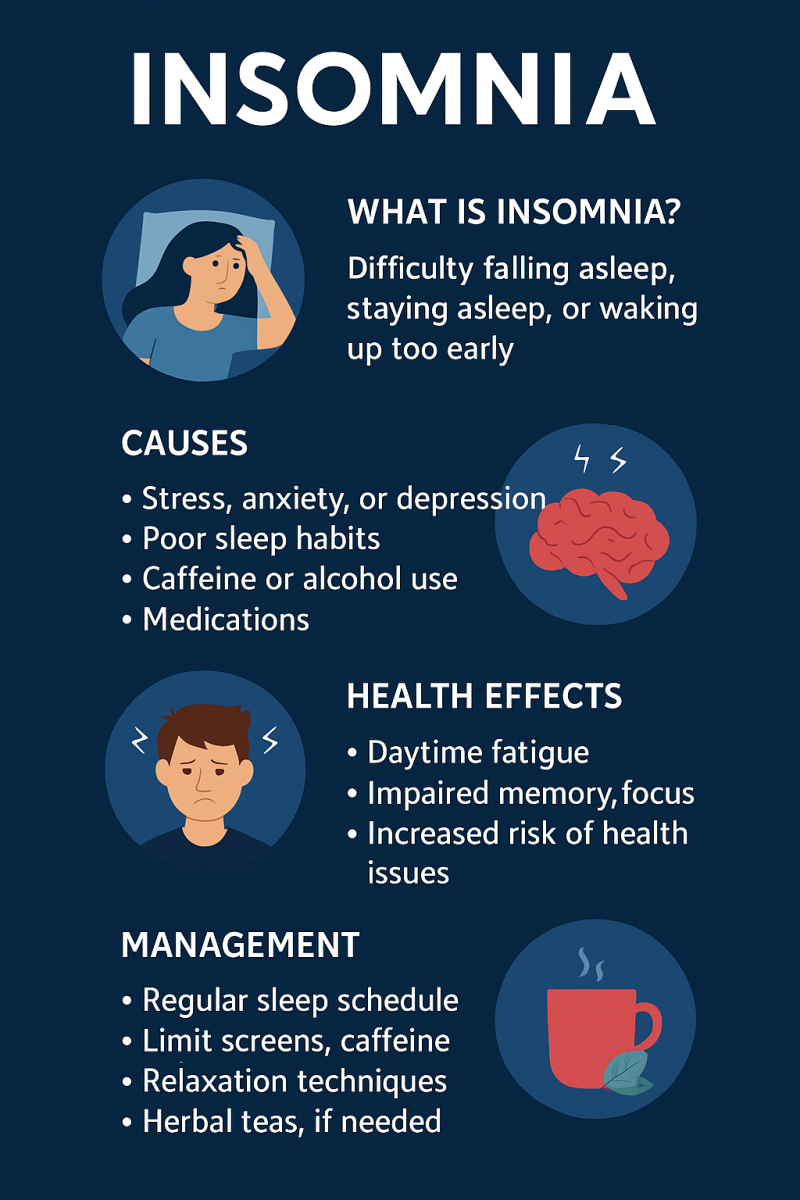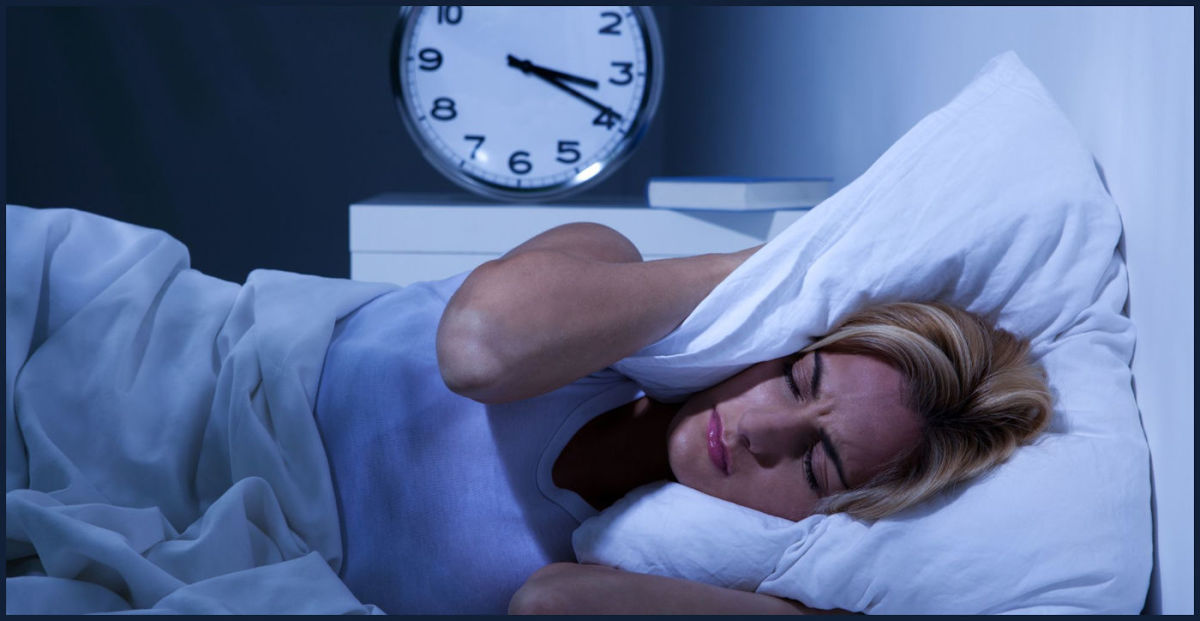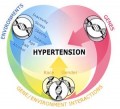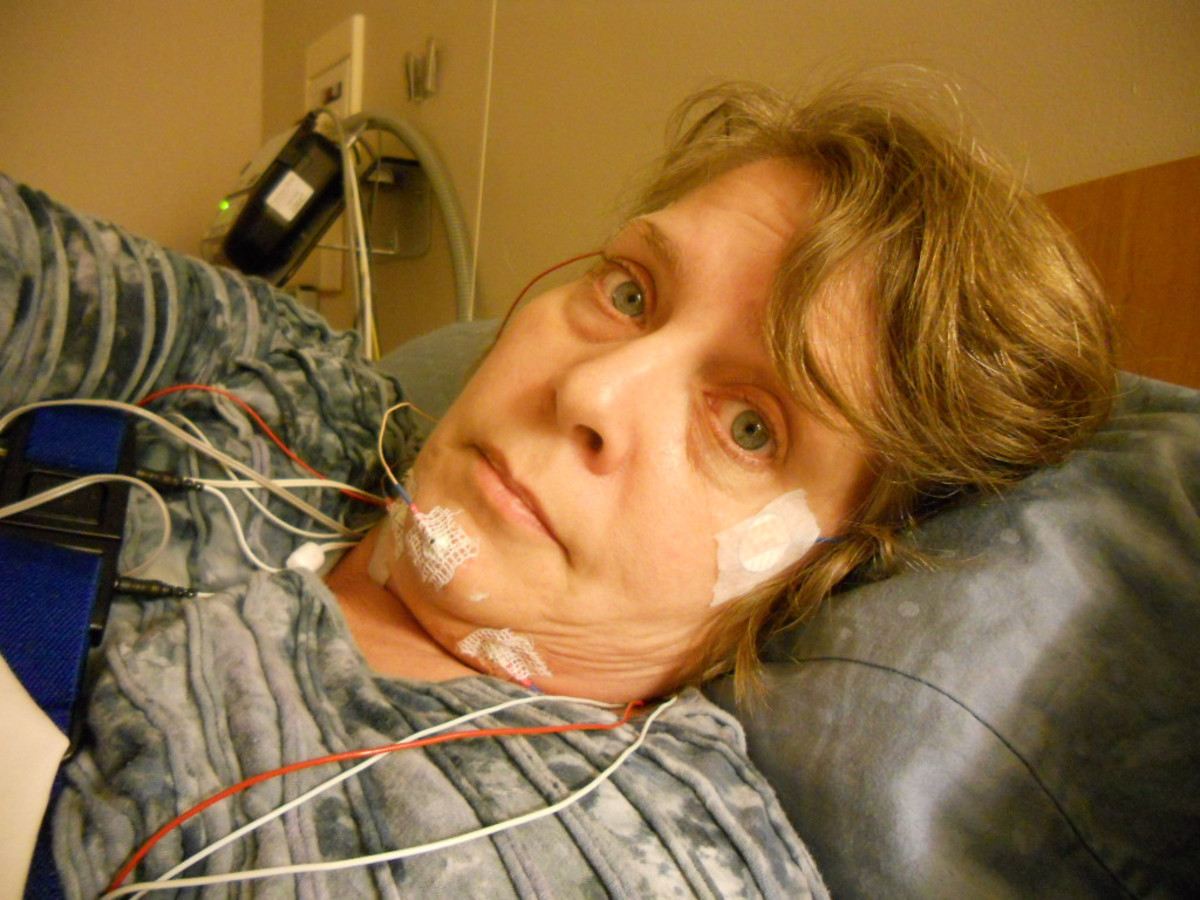How to Improve Sleep Quality with Fibromyalgia
Fibromyalgia or FMS is a syndrome characterized mainly by pain, fatigue and poor or no sleep. While there are a wealth of other symptoms, and appear to be more every time I Google a list, these three are the most widespread and often the most intrusive and debilitating.
People with FMS often find it difficult to reach sleep stage 4, which is the reparative stage of sleep. For regular sleepers this is when the body starts repairing torn or stretched tissues and rejuvenating your mind and body so that you can wake up refreshed. For people with FMS our bodies don’t get the chance to repair and rejuvenate and we wake up sore and often feeling worse than we did the night before.
The following list is the result of years of trial and error. At this point in my life, even with the combination of FMS and insomnia I am able to fall asleep and get at least 8 hours most nights. You can too.
Before I go on to address sleep etiquette I want to discuss our feelings and thoughts towards sleep. For most of my life the approaching hour of sleep caused worries, fear and anxiety. The thought of laying in the dark and staring at the ceiling for hours kept me from my bed. I knew I wouldn’t fall asleep so I simply didn’t try.
Many weeks of internet research apprised me of the dangers of sleep deprivation and encouraged me to begin a regime to get myself into bed and stay there.

Making Bedtime Restful
Many people will tell you that your bed is to be used for only two things: sleep and sex. They suggest that this will condition your body towards sleep when you lay down in it. This is a fine suggestion, but for people with FMS your bed is often your chair, desk and dining room table. When you’re having a bad day, a bad week or a bad month you often can’t help but spend most of your time there.
There still needs to be a way to let your body know, through consistent routines, when it’s time for sleep. The same way you would condition a toddler to easily take a nap. I manage this with a few different habits.
- Try to go to bed at the same time every night.
- Turn of all light-emitting screens thirty minutes before you intend to go to bed. No computer, no TV, no movies, no video games, no Iphone.
- For those last thirty minutes keep your heart rate low. Do an activity that relaxes you and lulls you into contentment. Try reading, listening to relaxing music, meditating or taking a bath.
- Turn down the lights.
- Try not to get up out of bed to do last minute chores that you might have forgotten during the day.
Hopefully after a few weeks of consistently using these techniques you will begin to look forward to bedtime as a relaxing and peaceful time.
Falling Asleep
So now your body is peaceful and relaxed. As you crawl into bed and pull the covers up to your chin you begin to feel the familiar sense of dread. What can lay ahead except an anxious night of begging the sandman to visit? Hopefully these techniques will help sleep find you.
- Take a tip from anger management. Take deep, slow breaths and repeat a simple mantra to yourself as you do it. Breathe in, breathe out, breathe in, breathe out. Don’t count your breaths, just focus on the mantra.
- Try not to be anxious about falling asleep. This will prove harder if your alarm is going to go off at 6 a.m. But try to allow yourself as long as you need to fall asleep. It’s completely acceptable for it to take three hours. Allow those three hours to be quiet, dark and restful. Laying in bed with your heart rate slow and steady and your eyes closed will allow your body at least some measure of rest.
- Keep your mind clear. As you take deep breaths focus on keeping the past, present and future out of your mind. Thoughts and worries are sneaky and will try to creep in while your not looking. Just calmly push them out again. This is not the time to think.
- Don’t think about falling asleep either. Just breathe in, breathe out.
Medication
I truly wish that I could offer sound, unaided advice for staying asleep. The fact is that no matter how consistently I followed these techniques, and how restful my sleep became I still woke up three, four or five hours later tired and sore. The only successful way that I have found to stay asleep and reach that all important stage 4 is with medication.
Melatonin is a naturally occurring compound in nature and is the hormone that controls both sleepiness and wakefulness. Throughout North America it can be purchased in caplet form at most pharmacies. You don’t need a prescription.
It’s suggested use is to reduce jetlag and aid people who can’t get regular sleep. While it is not generally suggested for regular use I have had many doctors tell me that it won’t hurt me, it can be used on a regular basis for people with FMS.
1-3 can be taken immediately preceding your bedtime. If you take more the hormone can actually cause you to be more wakeful. Unfortunately, as with many hormonal supplements, it cannot be used while pregnant or breastfeeding. People with FMS should talk to their doctor before using it as well, as supplements can interfere with some medications.
A final word of caution. The only side effect that I have heard of with melatonin is a fairly common one. It often effects people’s dreams, making them either frightening or more vivid.
Anti-depressants are often prescribed to both depressed and non-depressed sufferers of FMS alike. In extremely small doses (5mg for sleep vs. 300mg for depression) these medications can drastically improve sleep quality and allow people to reach Stage 4 sleep. This can also have an incredible effect on your pain levels during the day. For me, the use of amitriptyline allowed me to cut back my use of narcotics considerably.
For anti-depressants you will need a prescription from your doctor. Each brand has a different price bracket and often a long list of potential side effects. One of the upsides, however, of using it for FMS is that the low dosages we require often leave us exempt from most of the side effects. Often the most severe one that we will experience is drowsiness, which is exactly what we’re going for.
Caution: When using medication to improve your sleep quality keep two things in mind. One: Overdoses can be deadly. Two: Remember to set an alarm because if you have less than 8-10 hours to devote to sleep you may have a heck of a time getting up in the morning.
Conclusion
It is by using a consistent combination of all the above methods that I have been able to dramatically improve my sleep quality. Once sleep was a distant dream, it is now an 8-12 hour reality almost every night. My increased sleep quality has also lead to a general decrease in pain. This can be a reality for you as well.
Don’t expect miracles however. I still have pain every day and often feel sore in the morning from spending all night in bed. FMS is not something that can be cured with more sleep. Sleep quality can improve your quality of life though, and can allow you to do and experience much more when your awake.
Thank you very much and good luck!
Other articles about fibromyalgia by A.R. Colton
- Fibromyalgia: How to Feel a Little Better
When you have Fibromyalgia you may find yourself constantly consumed by once simple desire, the desire to feel better. Even if its only a little. I found that when I gave two aspects of my life the special... - Fibromyalgia and Narcotics
Fibromyalgia is an invisible illness characterized my mysterious pain that cannot be proven, fatigue without reason, irritable bowel syndrome, mood swings, forgetfulness, clumsiness, and headaches to name...








